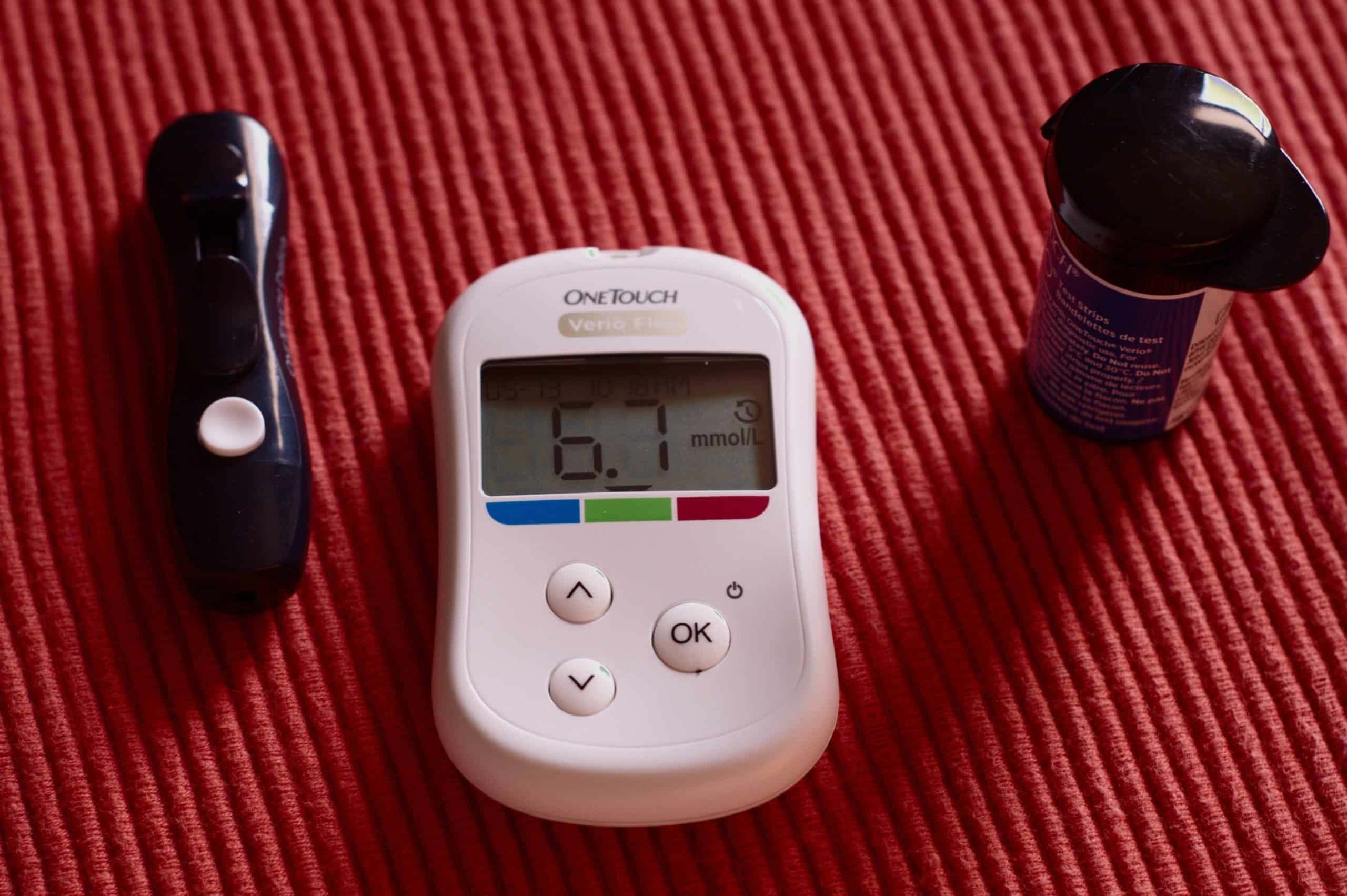
 Losing weight is important if you want to avoid type 2 diabetes, but you also can reduce your risk of diabetes by exercising. Exercise provides other benefits too, including heart health. It helps lower LDL and triglycerides, while raising the healthy cholesterol, HDL to make your cholesterol profile healthier. It builds strength and improves your mood. The benefits it offers to your body also helps you reduce your diabetes risk by regulating your blood sugar levels, aiding in weight loss and increasing insulin sensitivity.
Losing weight is important if you want to avoid type 2 diabetes, but you also can reduce your risk of diabetes by exercising. Exercise provides other benefits too, including heart health. It helps lower LDL and triglycerides, while raising the healthy cholesterol, HDL to make your cholesterol profile healthier. It builds strength and improves your mood. The benefits it offers to your body also helps you reduce your diabetes risk by regulating your blood sugar levels, aiding in weight loss and increasing insulin sensitivity.
Exercise helps you lose weight, but you have to eat healthy, too.
No matter how hard you workout, if you’re eating a high calorie diet of junk food and sugar, the impact exercise makes on reducing your risk for diabetes will be small. Good health begins in the kitchen, but exercise puts those nutrients to work for you and boosts the calories you burn to make you lose weight faster. Cutting out sugary products helps reduce insulin production and levels out blood sugar.
Exercise increases insulin sensitivity.
Insulin is a hormone necessary for many bodily functions, including helping the cells use glucose as a source of energy. When there’s a problem with insulin sensitivity, the cells become less and less receptive to effects of insulin, so the body has to produce more. The more it has to produce, the worse the problem becomes until there’s a high amount of blood sugar and full blown diabetes. Stress, excess weight, pregnancy, illness and inactivity can cause it. When you exercise, you burn the glycogen stores in your muscles and it’s replaced with the glucose in the bloodstream. By doing that, it gets insulin sensitivity back on track.
Exercise regulates blood sugar levels.
Just as exercise helps with insulin sensitivity, it also helps regulate blood sugar levels. When you’re exercising, it burns off the excess sugar levels by using more for the muscles. In fact, it can lower blood sugar levels for up to 24 hours after working out. In fact, your muscles can take up glucose to use for energy even when there’s no insulin available.
- If you want to keep diabetes at bay, you have to watch not only what you eat, but what you drink, too. Switch off soft drinks and choose water instead.
- A healthy diet to reduce the risk of diabetes should include insoluble fiber, like fresh fruits, nuts and seeds, whole grains and leafy vegetables. The insoluble fiber in these foods help prevent type 2 diabetes.
- You need all types of training to help prevent diabetes. Strength training works muscles to increase your base metabolism. Even something as simple as walking more can help.
- If you have type 1 diabetes, exercise with care to avoid too much of a drop in blood sugar levels. One study found that people who did strength training first and then aerobic training had a less severe drop in blood sugar levels that lasted longer than doing aerobic first and strength training last.
